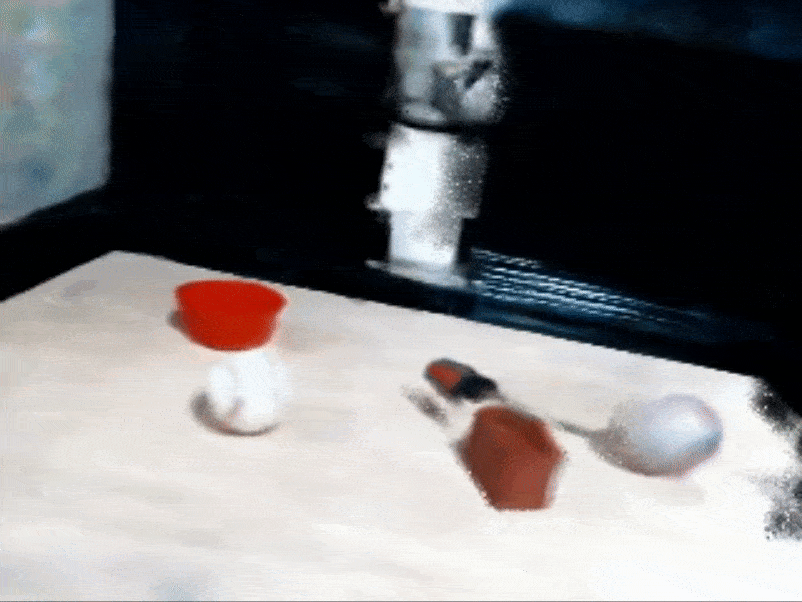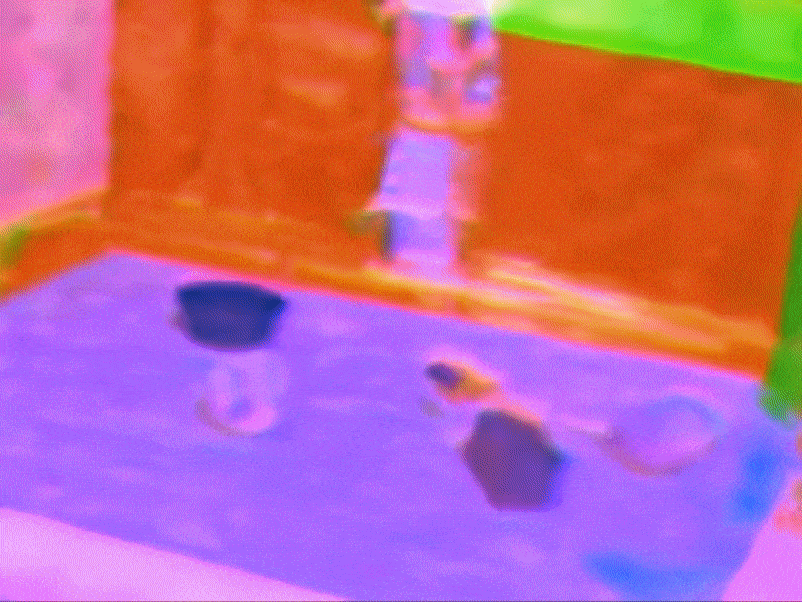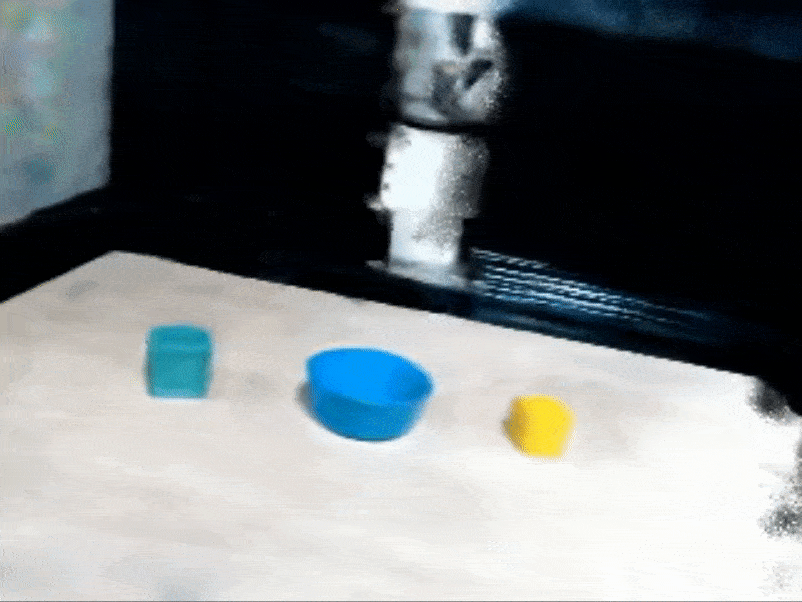DNAct is a generalizable language-conditioned multi-task policy, capable of learning a 3D and multi-modal representation for multi-task manipulation with limited demonstrations.
 DNAct
DNAct
DNAct: Diffusion Guided Multi-Task 3D Policy Learning
|
|





